DNA Links Jawbone to Missing Crew Member from 1987 Shipwreck
In December 1987, the commercial fishing boat “Midnight Sun” attempted to navigate a storm into Humboldt Bay, California. The violent weather capsized the vessel, tragically killing three crew members.
While the skipper survived, the search for the missing crew began, marking the start of a decades-long mystery.
Search Efforts and Initial Recovery
Following the wreck, search teams managed to recover one crew member’s body. However, the remaining two crew members were never found.

Source: Muffin Creatives/Pexels
Despite extensive efforts, their fates remained unknown, leaving families in anguish and uncertainty.
Discovery at Houda Point
A breakthrough occurred in March 1991 when a human jawbone was found at Houda Point near Trinidad, California. This discovery offered a glimmer of hope that the missing crew members might finally be identified.

Source: wirestock/freepik
However, initial DNA testing yielded no matches in the existing databases.
Advances in DNA Technology
The case remained cold until December 2022, when the Humboldt County Sheriff’s Office partnered with Othram Inc.
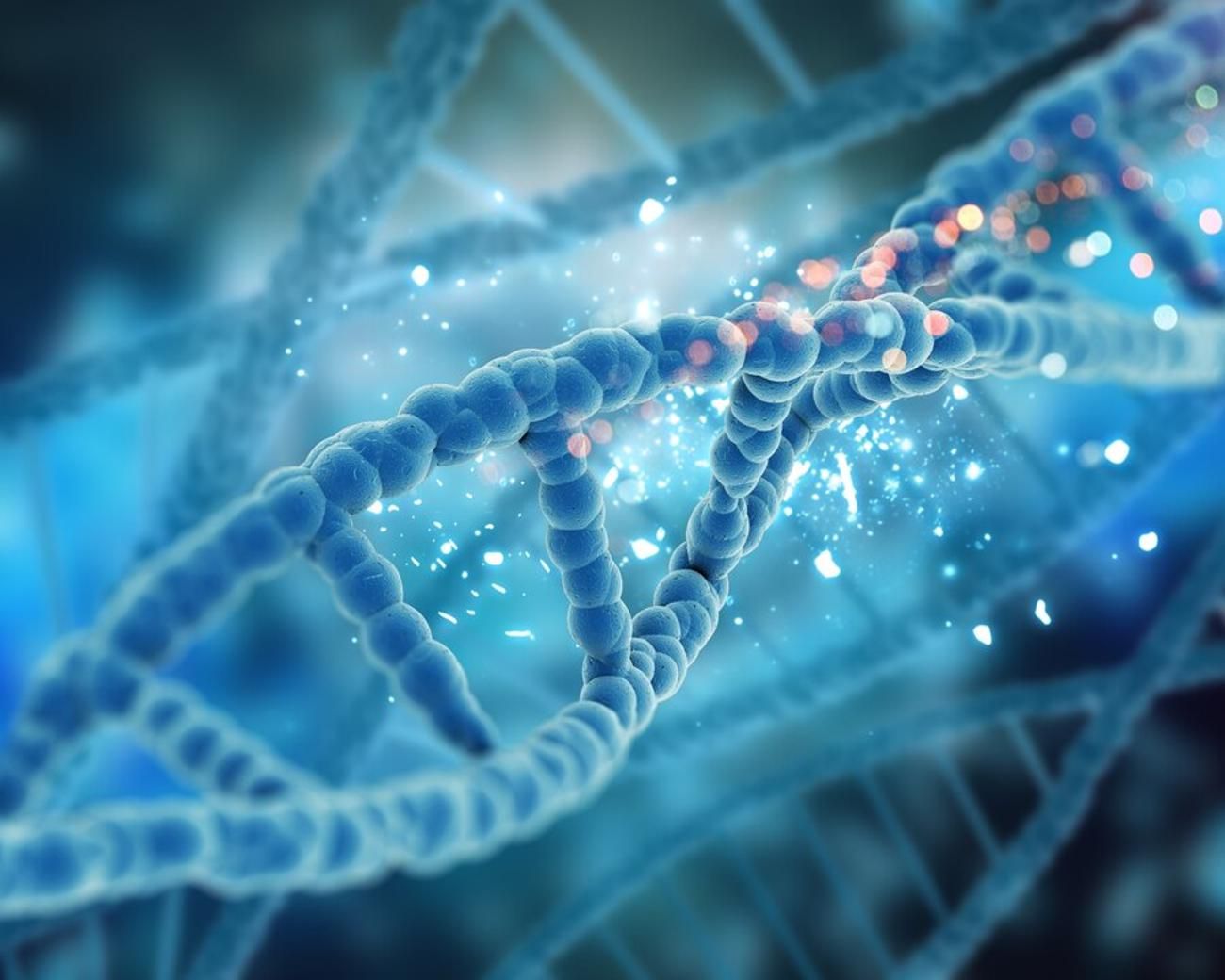
Source: Freepik
Using advanced forensic genetic genealogy, Othram scientists developed a comprehensive DNA profile from the jawbone, paving the way for new investigative leads.
The Role of Genetic Genealogy
Genetic genealogy combines DNA testing with traditional genealogical research to create family history profiles.

Source: Freepik
This technique has revolutionized the field of forensic science, enabling researchers to establish biological relationships and identify unknown individuals.
Othram's Breakthrough
Othram’s team used the DNA profile to conduct genetic genealogy research, which led to the identification of potential relatives.
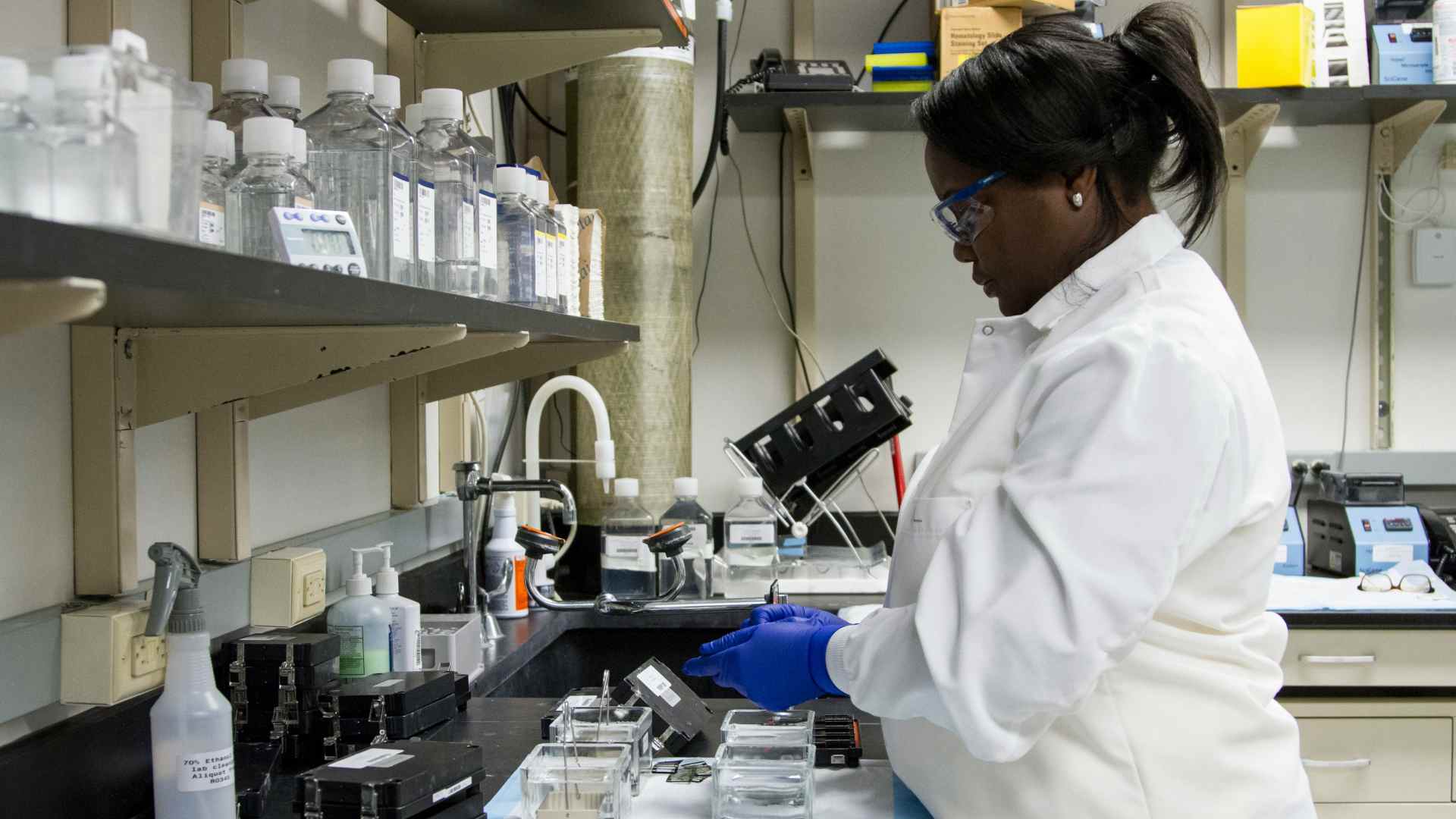
Source: National Cancer Institute/Unsplash
Their findings pointed towards Milton Leon Pelligrini Jr. as the likely owner of the jawbone. This breakthrough brought new hope to solving the decades-old mystery.
Connecting the Dots
The crucial next step was obtaining a DNA sample from Milton’s brother, Paul Pelligrini.
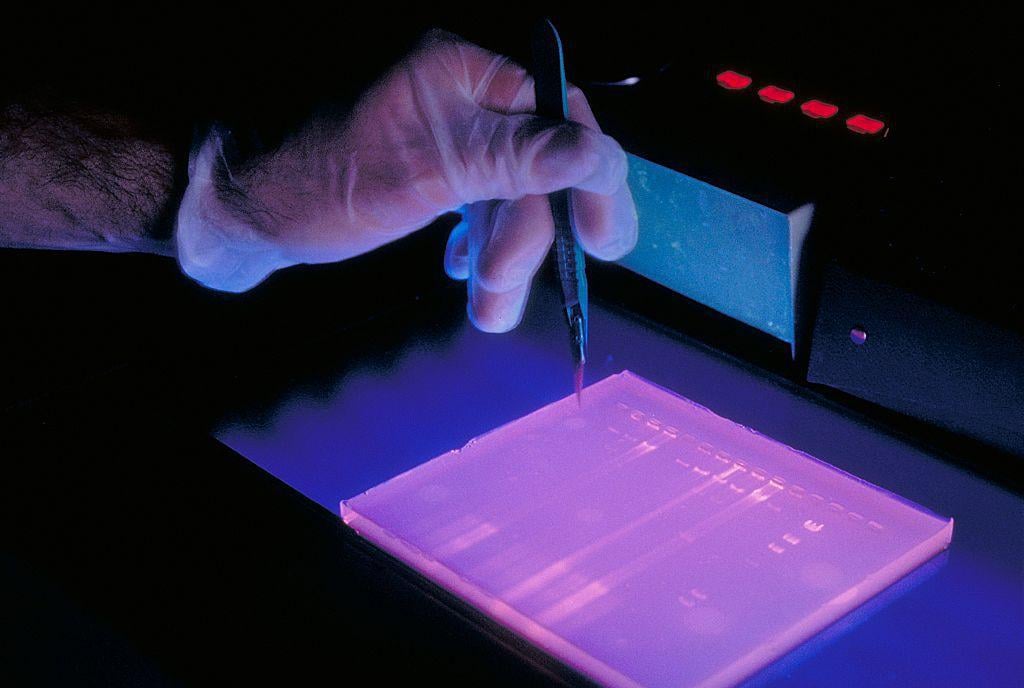
Source: Smith Collection/Gado/Getty Images
By comparing Paul’s DNA to the jawbone’s DNA, investigators confirmed a familial match. This confirmation provided the closure that had eluded the Pelligrini family for years.
The Pelligrini Family's Reaction
Paul Pelligrini expressed relief and sadness upon learning that the remains were those of his brother, Milton.

Source: Freepik
The identification brought a sense of closure to the family, who had been living with uncertainty since the 1987 wreck.
Implications of the Identification
This case shows the power of modern DNA technology in solving cold cases.
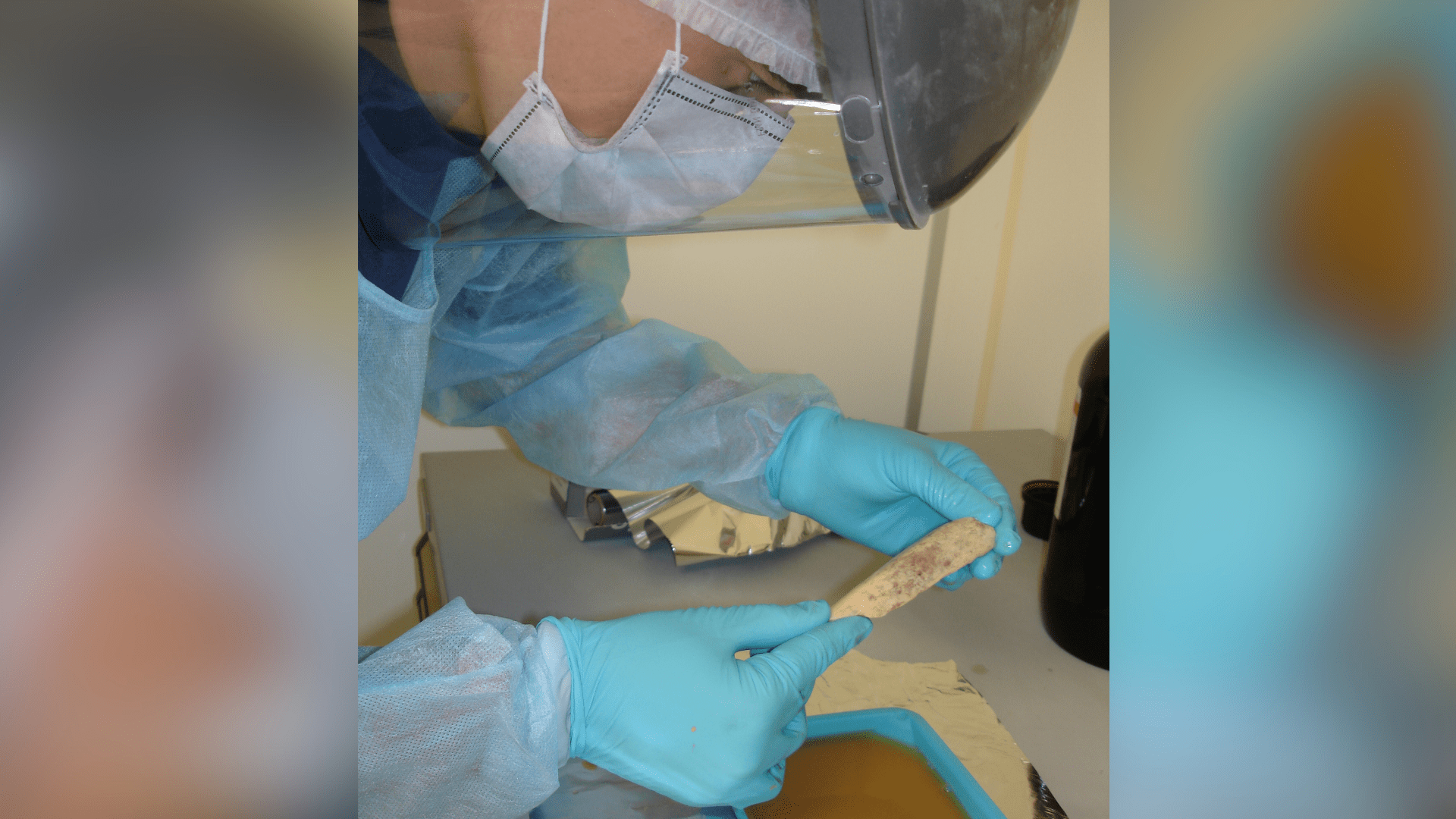
Max Planck Institute for Evolutionary Anthropology/Wikimedia Commons
The successful identification of Milton Leon Pelligrini Jr. highlights how forensic advancements can bring answers and peace to families affected by unresolved tragedies.
The Importance of Persistence
The identification process took decades of persistent effort from law enforcement and forensic experts.

Source: Freepik
It serves as an example of the importance of never giving up on cold cases, as advancements in technology can eventually provide the necessary breakthroughs.
A Landmark in Forensic Science
This case also represents a significant milestone in the application of genetic genealogy in forensic science.
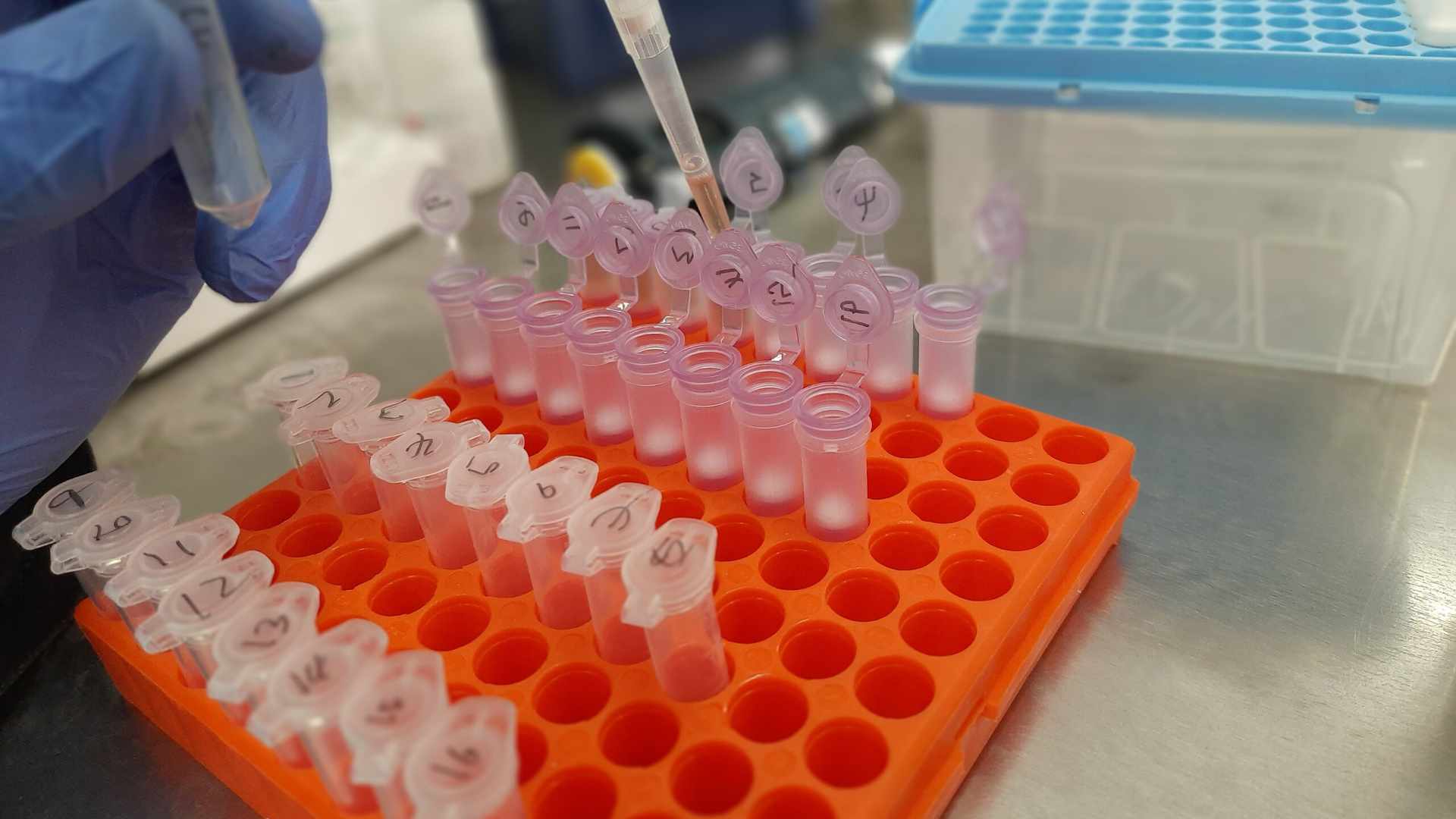
Source: Ajay Kumar Chaurasiya/Wikimedia
It demonstrates the potential of DNA technology to resolve long-standing mysteries and bring closure to grieving families.
Future Prospects in Forensic Genealogy
The success of this case suggests promising future applications of genetic genealogy.
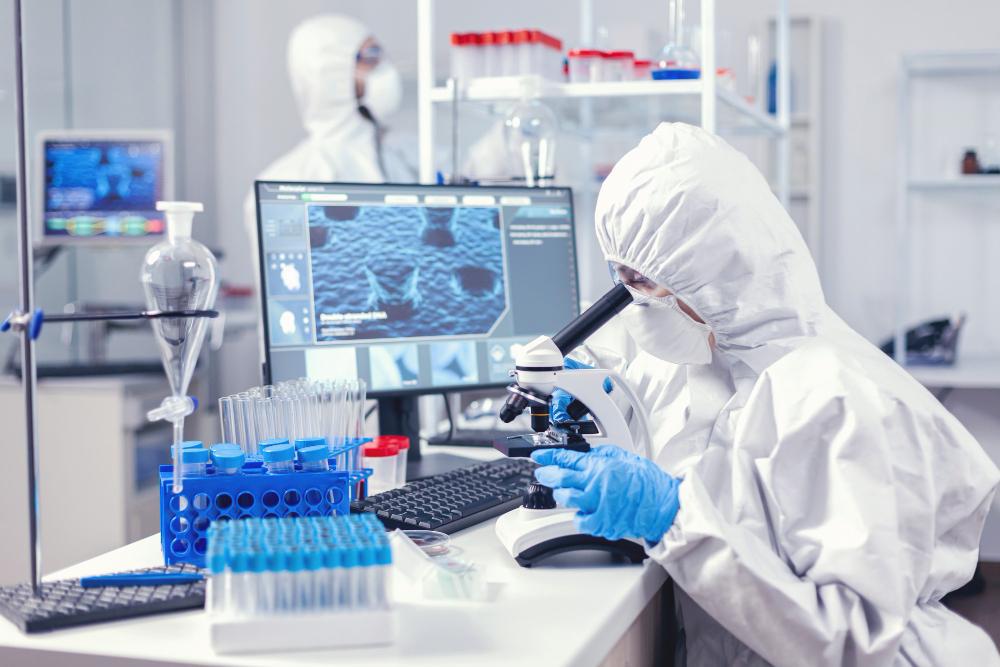
Source: Freepik
As DNA technology continues to evolve, it holds the potential to solve more cold cases, providing answers and justice for those affected by past tragedies.
